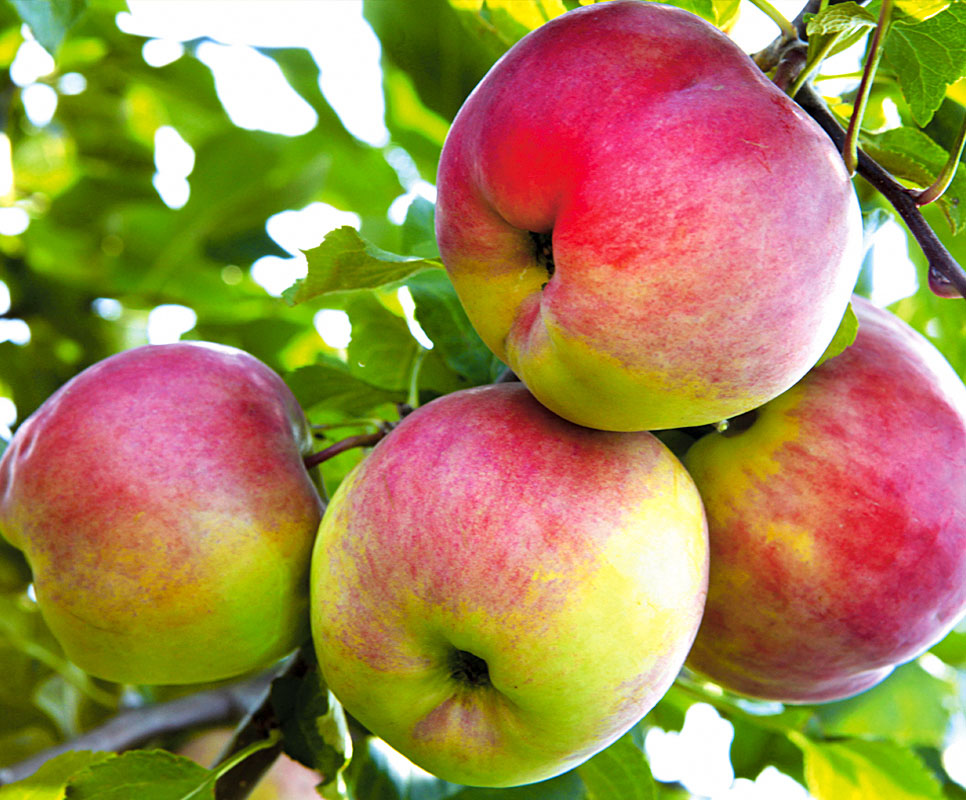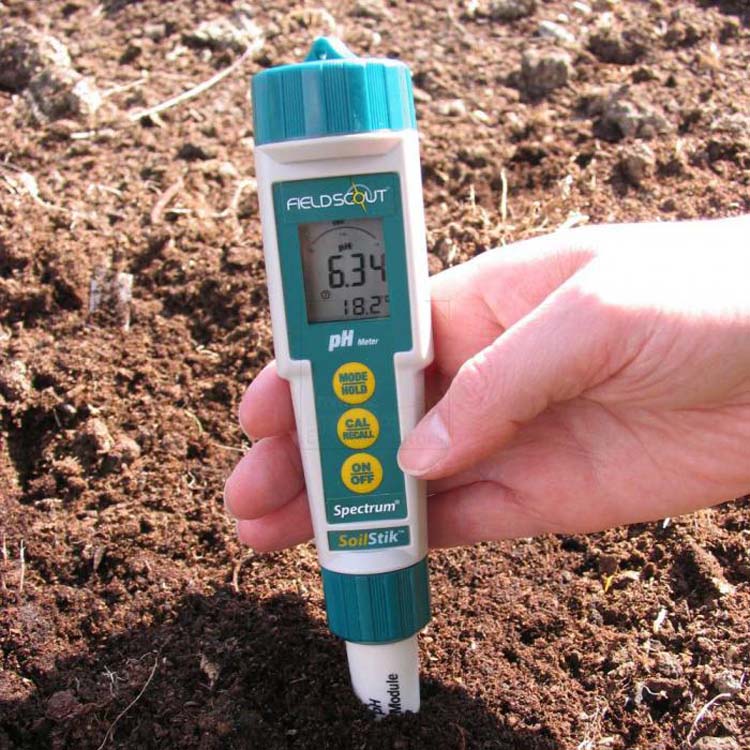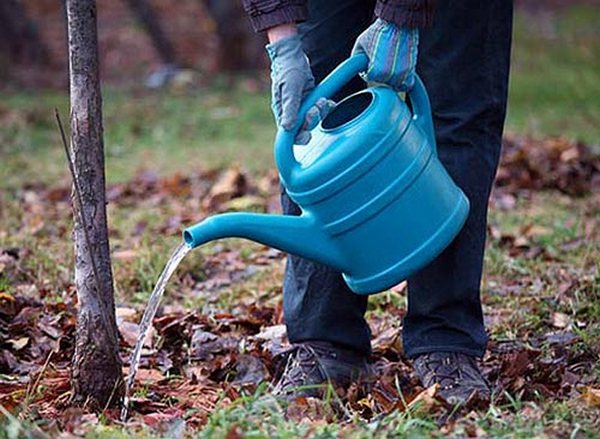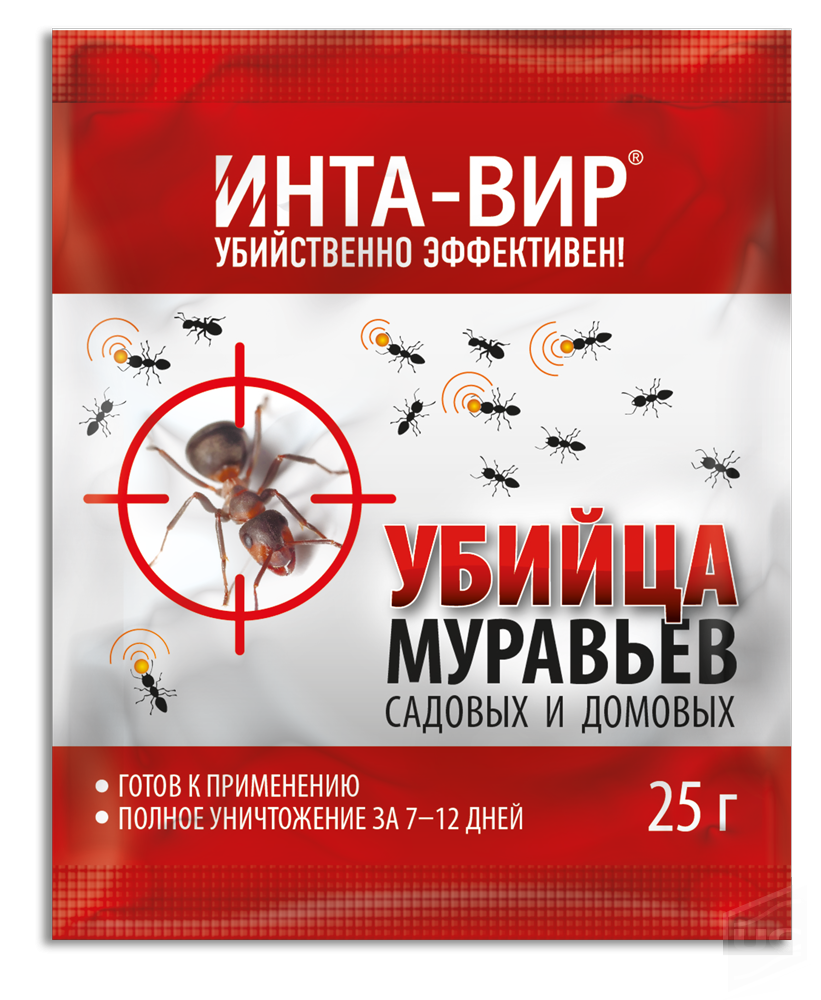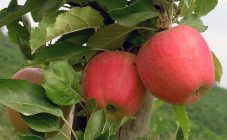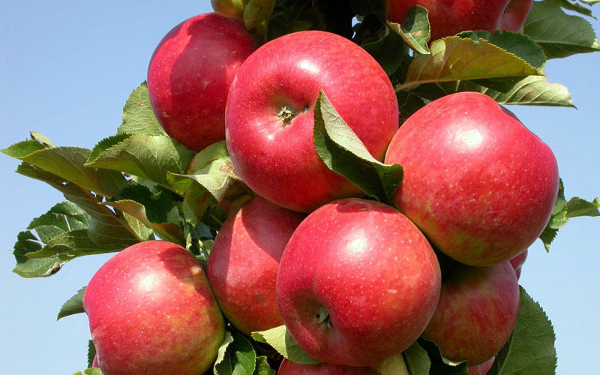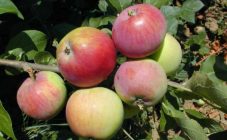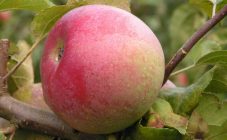Content:
The Aksen apple tree was created by the specialists of the Sverdlovsk agricultural station. Saplings of this variety perfectly tolerate frost and drought, and are resistant to various types of scab. The variety has a high yield, pleasant taste.
Variety history and subspecies
The Ural hybrid was bred under the guidance of Professor Kotov together with other apple species intended for cultivation in the northern regions. The Kotov method of obtaining plants with the desired parameters, by crossing standard apple trees with disease-resistant species, is recognized as successful breeders around the world.
Scientists have obtained the following frost-resistant varieties of Kotov apple trees:
- Torch;
- 3 hybrids of the VEM type - souvenir, yellow and pink;
- Pervouralsky;
- Rosette;
- Isetskiy Dawn;
- Spring;
- Olympic flame;
- Good news;
- apple tree Aksenovskoe (Aksen) - named in honor of the breeder V.M. Aksyonov, who continues to work at the present time.
All these stems were obtained in the 80s of the last century. They are included in the State Register of Russia.
Technical parameters of culture
Description of Aksen's garden apple tree:
- The plant belongs to varieties with late ripening in the summer. It was created by crossing the donor 22-40-67 and one of the varieties of apple trees called Silver Hoof.
- An adult apple tree of the Akseny variety has a dense, spreading crown with a diameter of up to 600 cm. Its height does not exceed 5 m. The first 2 years the apple tree grows, adding 0.3-0.4 m each. Then this indicator decreases.
- The leaves are colored bright green. They turn yellow quickly in autumn.
- Flowers are similar to saucers, are large in size. They are white with a pink tint.
- Fruit characteristics: medium size, weight up to 110 grams, ripen in mid-August. Their flesh is fine-grained, colored in cream tones. Pleasant taste with light floral aroma. Some consumers note that Aksena has a lingonberry flavor.
- The apple is covered with a striped red blush. The fruits are consumed fresh, they are made of juices, compotes, etc.
- The Aksen apple tree is resistant to severe frosts, branches do not freeze. With constant watering, it tolerates hot summers well. It is immune to common types of scab and fungal infections.
The yield of the hybrid is quite high. From each apple-tree of the Aksena variety, from 15 to 18 kg of fruits are obtained. According to the observations of experienced gardeners, it was found that, depending on the variety, the apple tree has an average or high resistance to parasites and garden pests.
Agrotechnics of growing a hybrid
Site selection, suitable soil
Before buying seedlings, it is recommended to choose the right place where the apple orchard will be planted. You can plant both single trees and groups of plants. Experts advise using the Aksen apple tree and its analogues as a decorative species, planting it in alleys and in parks.
At the dacha, the farmer must choose a place well-lit by the sun for the apple trees.The hybrid easily tolerates a slight blackout, but it should be short-lived. It is better to plant trees on the north side of the site.
For planting seedlings, choose a fertile loamy soil. It is desirable that the groundwater come close to the surface of the earth, since Aksena loves moist soil that has neutral acidity.
Purchase and planting of seedlings
For cultivation, seedlings are bought that are already 2 years old. Their height should exceed 0.6 m. For their disembarkation, choose late autumn (there is no frost yet) or early spring. It is necessary to dig a hole about 70-100 cm deep and 700 mm in diameter. A mixture of peat, river sand and turf is placed in it. Fertilizers are added, for example, mullein or bird droppings, wood ash (1 kg) and superphosphate are added to the soil.
The sprout is installed strictly in the vertical plane. Its root collar should be at the level of the soil or peep out of it by 3-4 cm. The hole is filled up, the entire root circle is abundantly watered with warm water. Next to the tree, a support stake is strengthened, which helps the plant to move upward.
To retain moisture, a shallow groove with a shaft up to 500 mm high is made around the seedling. For each tree, an area of 700 X 700 cm is left so that nothing will interfere with the development of spreading branches.
Formation
Pruning is carried out to form the crown. All lateral shoots are removed, except for skeletal branches. They are arranged in 2-3 tiers. The trunk is cut to 20-30% of the length. This procedure is carried out for 3 years, until the tree has a rounded crown.
It is recommended to constantly remove broken or dry twigs, otherwise the tree will become infected with fungal and bacterial infections.
Watering and care
Caring for the Aksena apple tree implies timely watering, the introduction of the necessary fertilizers, preventive work to eliminate pests and symptoms of various diseases.
It is recommended to water the trees once every 30 days. Each instance takes up to 50-70 liters of water during flowering. After the appearance of fruits, this figure is reduced to 30-40 liters per seedling. In case of heat or severe drought, the intensity of irrigation is increased by 2-3 times. It is not recommended to swamp the site, otherwise the roots of plants may rot, which will lead to their death.
In order for the hybrid to grow well, it is necessary to thin out its foliage slightly once a month. Aksena responds well to feeding. The first time fertilization is applied during flowering. Humus (1 bucket) is added to the ditch near the trunk, ash flour (wood) - 1 glass. From mineral mixtures, you need superphosphate (2 tbsp. L.) And the same amount of potassium chloride.
At the beginning of summer, it is recommended to introduce slurry into the soil (a mixture of manure and water in a ratio of 1: 10-12) or use nitrogen fertilizers. Together with this, the trees are fed with green mass. To do this, collect the nettle, grind it, fill it with water in a 1: 2 ratio. The container with the solution is insisted for 4 days, and then filtered. To process each seedling, you need 8 to 10 liters of fertilizer.
After harvesting, potassium chloride (50-55 g) and compost (up to 9-10 liters) are introduced under each tree. To eliminate the threat of the appearance of garden parasites, prophylactic bleaching of the trunks or their treatment with various preparations that kill insects are carried out. For these purposes, use drugs such as "Inta-Vira", "Dimilin", etc.
Although the Aksyona apple tree resists various pests and scab well, experienced gardeners advise to spray tree branches with ammonium nitrate or Bordeaux liquid. They do this at the moment when the kidneys begin to open on them.The procedure is repeated during the appearance of the buds, and then repeated after another 13-14 days.
If signs of powdery mildew are detected, then the disease is eliminated by processing Axena with colloidal sulfur. The substance is applied during flowering using a 2% solution. The second and third time this operation is done with a 1% mixture of the chemical after the buds have fallen off, and then the procedure is repeated after 14-20 days. If it is not possible to apply sulfur, then Bordeaux liquid is used to protect the trees.
Advantages and disadvantages of Axena
The advantages of the Aksen apple tree are:
- good adaptability to different climatic zones;
- increased resistance to scab and fungal infections;
- frost resistance, which makes it possible to breed the variety in the northern regions;
- good taste of fruits with an average yield of the tree;
- the ability to bear fruit in a short summer.
The disadvantages of the plant are as follows:
- short storage time of the resulting crop;
- the inability to transport fruits over long distances.
If the farmer decides to plant the Axena apple trees, he will get a harvest of fresh, summer fruits at minimal cost. The unpretentiousness of the plant, the ability to resist pests and diseases, make this hybrid one of the most popular. Any novice gardener can, when following the recommendations of specialists, grow an Aksena apple tree and get a good harvest.
